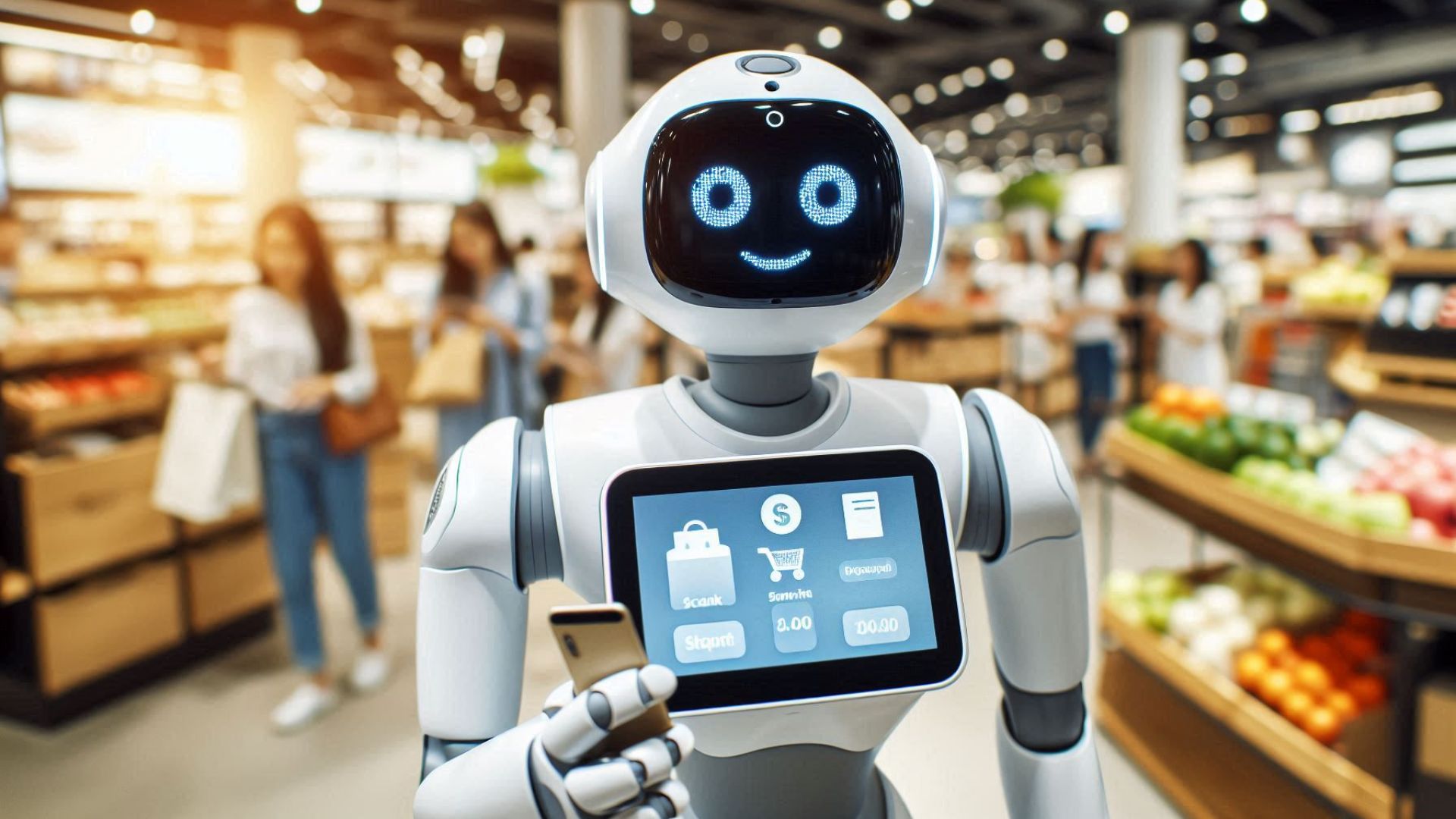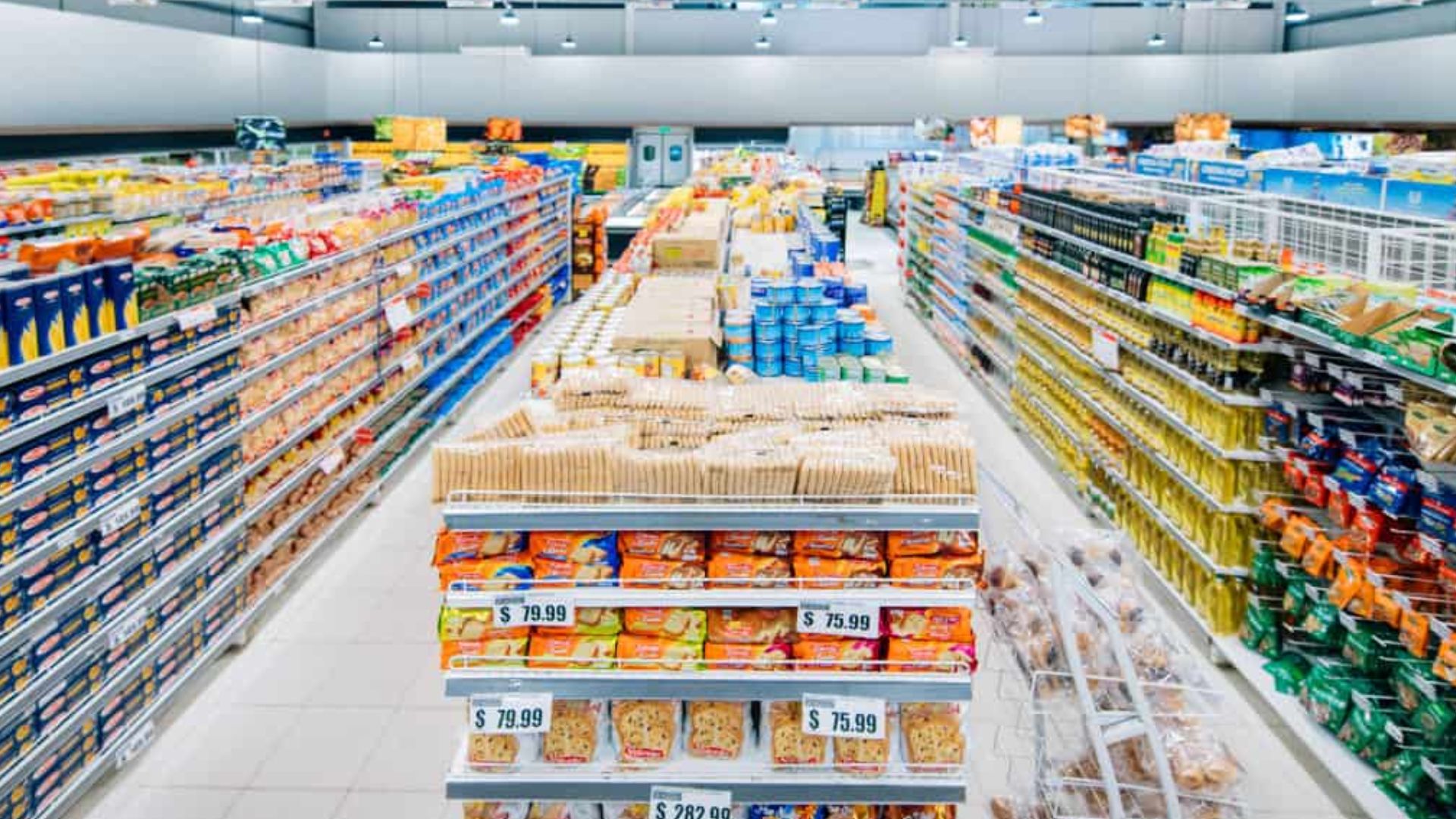The integration of image recognition technology in the Consumer Packaged Goods (CPG) industry is revolutionizing retail execution, making operations more efficient, accurate, and insightful. As this technology evolves, it’s changing how CPG companies are monitoring their retail operations, optimizing their retail strategies and transforming in-store processes like shelf auditing, stock monitoring, and customer engagement.
The Role of Image Recognition in the CPG Industry
Image recognition for CPG is currently applied in various aspects of retail operations, from detecting and identifying products, promotions and pricing on shelves to analyzing in-store conditions. This technology leverages AI to provide real-time insights, enabling brands to automate processes like on-shelf inventory tracking and product placement that were once manual and error-prone.
The increasing demand for efficiency is driving growing investment in image recognition software by CPG companies. With the competitive need for streamlined operations, many businesses are investing in advanced AI tools to enhance retail execution, boost productivity, and improve overall compliance. The adoption of image recognition technology is a strategic move to stay ahead in the rapidly evolving retail landscape.
The global image recognition market was valued at USD 53.3 billion in 2023 and is projected to grow at a CAGR of 12.8% from 2024 to 2030. The increasing reliance on automation, along with the rising complexity of global retail operations, positions image recognition as a crucial tool for future success. As more businesses incorporate this technology into their processes, it is set to transform the industry and offer a competitive edge in retail operations.
Also read: Image Recognition Technology Applications in Retail
With a growing demand for efficiency in retail, image recognition tools are becoming indispensable for automating processes that were once manual and time-consuming.
Enhancing Retail Execution with Image Recognition
One of the critical areas where image recognition is making a significant impact in the CPG industry is in maximizing Retail Store Execution Efficiency. For CPG brands, the effectiveness of retail execution directly affects how products are displayed, positioned and ultimately sold in stores. Traditional retail shelf auditing, an essential process for maintaining proper product placement and stock levels, has long been conducted manually, making it vulnerable to errors and inconsistencies.
Sales and marketing teams sit out of offices. Tracking what happens inside a store, what are the present store conditions and how a sale happens is a blindspot, especially when the question boils down to tracking hundred and thousands of stores across a given region. With the rising labor costs, dependence on manual audits is getting expensive and unsustainable.
Retail shelf auditing plays a crucial role in ensuring that products are always available and correctly positioned according to set planograms. However, manual audits are often time-consuming and prone to human error, leading to missed opportunities in optimizing retail spaces and potential out-of-stock scenarios.
This is where image recognition technology steps in, automating the auditing process and dramatically improving the accuracy and speed of retail execution. Tools like ParallelDots' ShelfWatch provide CPG companies with tools to automate their retail store audits and access to real-time data on product placements, pricing, stock levels, and planogram compliance, allowing for quick corrections and adjustments. By automating audits, image recognition reduces errors, optimizes shelf visibility, and ensures that retail stores operate at peak efficiency.
With the ability to continuously monitor and improve in-store conditions, image recognition is transforming retail execution, helping brands monitor their sales execution in real-time, safeguard their shelf-share impacting their market share and ensure brand and price consistency across each and every store.
Also read: How Image Recognition Can Give CPG Companies a Competitive Edge in Retail Execution
As automation becomes more prevalent, companies are turning to advanced AI tools to streamline processes and ensure better results.
Advanced AI Tools for Efficient Retail Audits
ParallelDots' ShelfWatch uses Image Recognition algorithms to scan shelves within seconds, identifying missing products and ensuring compliance with promotional placements. In one deployment for a renowned Alco-beverage brand across Europe, the combined solution audited entire stores in minutes with 98% accuracy, significantly improving on-shelf stock availability and retail execution performance.
This innovative technology is already helping many global CPG and retailer brands speed up SKU detection, make data-driven decisions to fix execution issues in record time, which was not possible before.
Also read: The Role of Image Recognition in Transforming Retail Store Audits
By implementing such tools, CPG companies can improve the accuracy of audits, ensuring that products are always visible and available, which directly influences purchasing decisions of shoppers at the Point of Sale.
Optimizing In-Store Operations
Image recognition technology significantly enhances in-store operations by offering real-time shelf visibility allowing brands and retailers to address stockouts promptly, ensuring shelves are always stocked, and pricing tags are placed below approrpiate products.
Moreover, image recognition helps improve planogram compliance, ensuring that products are placed according to predefined layouts, and creating attractive layouts, consistent and organized store environment. This leads to better product visibility and customer satisfaction, as products are easier to locate. By optimizing both stock levels and product placement, retailers can create a more efficient and customer-friendly shopping experience.
In addition, improving these operational processes directly enhances customer experience. Customers are more likely to find the products they are looking for in well-stocked, organized shelves, improving their overall satisfaction and likelihood to return.
Data-Driven Decision Making
Another crucial advantage of image recognition for CPG is its ability to generate valuable insights through retail analytics in real-time. By analyzing the in-store images captured through a camera (mobile or in-store), brands can gain access to visual images of how their products are presented on the shelves inside a store. . These insights help brands adapt to changing market conditions and tailor their in-store strategies accordingly.
Brands and Retailers can leverage these analytics to optimize promotions, improve product positioning, correct pricing gaps and better meet customer demand. In an era where 73% of consumers use multiple channels to shop, omnichannel strategies have become essential, and image recognition provides the data needed to unify and personalize the shopping experience.
Reducing Time, Costs and Increasing Sales
Image recognition for CPG significantly reduces the time field reps spend in-store by automating manual tasks like audits and stock checks. This not only cuts operational costs but also increases productivity, allowing reps to focus on more strategic activities, such as identifying sales opportunities, building relationships and improving store performance.
Additionally, image recognition minimizes the risk of out-of-stock, a key factor in reducing lost sales. Ensuring that products are always available and correctly placed leads to better compliance, ultimately resulting in higher profits. Coupled with enhanced analytics tools, companies can predict demand and improve inventory management, distribution further boosting profitability.
Future Prospects and Technological Evolution
The future of image recognition for CPG is promising, with predictive shelf analytics poised to revolutionize in-store experiences. As AI technology evolves, CPG companies will be able to predict stock shortages, forecast trends, and adjust their strategies in real-time.
These advancements will not only improve the efficiency of retail operations but also create more immersive customer experiences by offering personalized product suggestions and dynamic in-store displays. Ultimately, image recognition is set to transform the retail landscape by automating processes and providing smarter insights.
Conclusion
The impact of image recognition on the CPG industry is undeniable. From improving retail execution and auditing accuracy to driving data-driven decisions, this technology empowers CPG companies to operate more efficiently and increase sales. As the industry continues to evolve, the use of AI-powered tools like ParallelDots’ ShelfWatch will become essential in maintaining competitiveness and ensuring success in a fast-paced retail environment.
Ready to transform your retail operations with image recognition? Book a demo with ParallelDots today to explore how their innovative tools can help you optimize your retail execution and enhance in-store efficiency.


